-
Courses

Courses
Choosing a course is one of the most important decisions you'll ever make! View our courses and see what our students and lecturers have to say about the courses you are interested in at the links below.
-
University Life
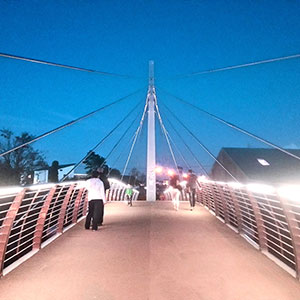
University Life
Each year more than 4,000 choose University of Galway as their University of choice. Find out what life at University of Galway is all about here.
-
About University of Galway
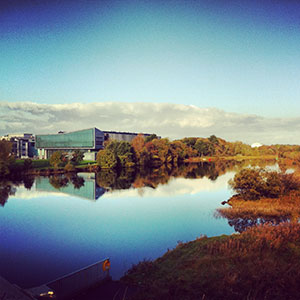
About University of Galway
Since 1845, University of Galway has been sharing the highest quality teaching and research with Ireland and the world. Find out what makes our University so special – from our distinguished history to the latest news and campus developments.
-
Colleges & Schools

Colleges & Schools
University of Galway has earned international recognition as a research-led university with a commitment to top quality teaching across a range of key areas of expertise.
-
Research & Innovation

Research & Innovation
University of Galway’s vibrant research community take on some of the most pressing challenges of our times.
-
Business & Industry
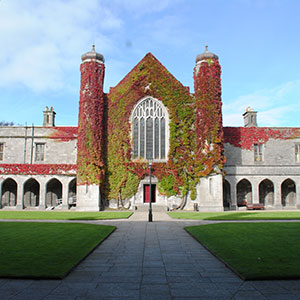
Guiding Breakthrough Research at University of Galway
We explore and facilitate commercial opportunities for the research community at University of Galway, as well as facilitating industry partnership.
-
Alumni & Friends

Alumni & Friends
There are 128,000 University of Galway alumni worldwide. Stay connected to your alumni community! Join our social networks and update your details online.
-
Community Engagement
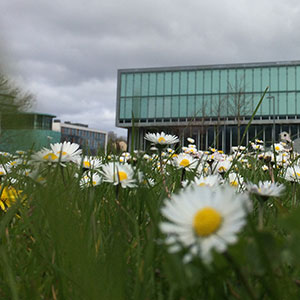
Community Engagement
At University of Galway, we believe that the best learning takes place when you apply what you learn in a real world context. That's why many of our courses include work placements or community projects.
how to recognise a honey bee colony
Usually found by observing the activity and noise of a large number of honey bees at a small entrance, particularly on warm sunny days. Colonies are usually seen in elevated positions, in trees, walls and roofs of buildings although entrances have been found in unlikely places such as hollow statues, compost bins, bird boxes and graveyard crypts, so rule nothing out.
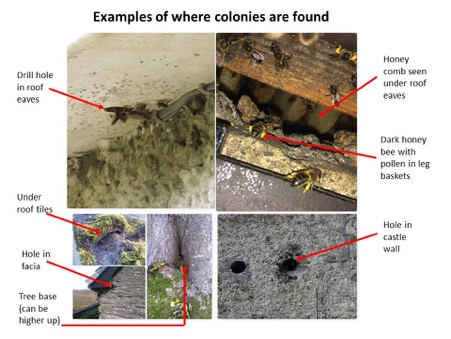
From a distance, the colony can sometimes be confused with those of wasps, in cases where the wasps are very active. Some bumble bees are also cavity dwellers and will nest in small ground cavities which can also look like honey bee colony entrances however the bees are larger and there is a relative lack of numbers.
ASSEMBLE Plus
 ASSEMBLE Plus provides scientists with Transnational Access to marine biological stations and a wide variety of state-of-the-art experimental and analytical facilities, and advanced training opportunities. Read more...
ASSEMBLE Plus provides scientists with Transnational Access to marine biological stations and a wide variety of state-of-the-art experimental and analytical facilities, and advanced training opportunities. Read more...
IGNITE
 IGNITE is an EU Innovative Training Network that will gather together world-leading expertise to train a new generation of scientists skilled in all aspects of invertebrate genomics.. Read more...
IGNITE is an EU Innovative Training Network that will gather together world-leading expertise to train a new generation of scientists skilled in all aspects of invertebrate genomics.. Read more...















